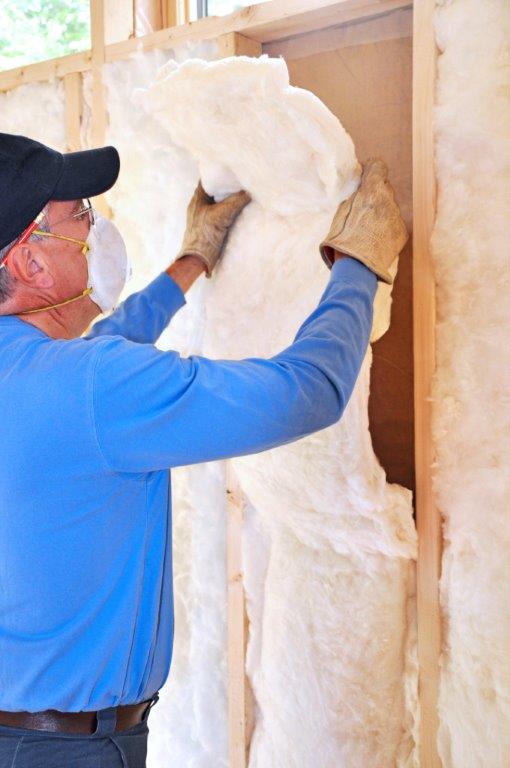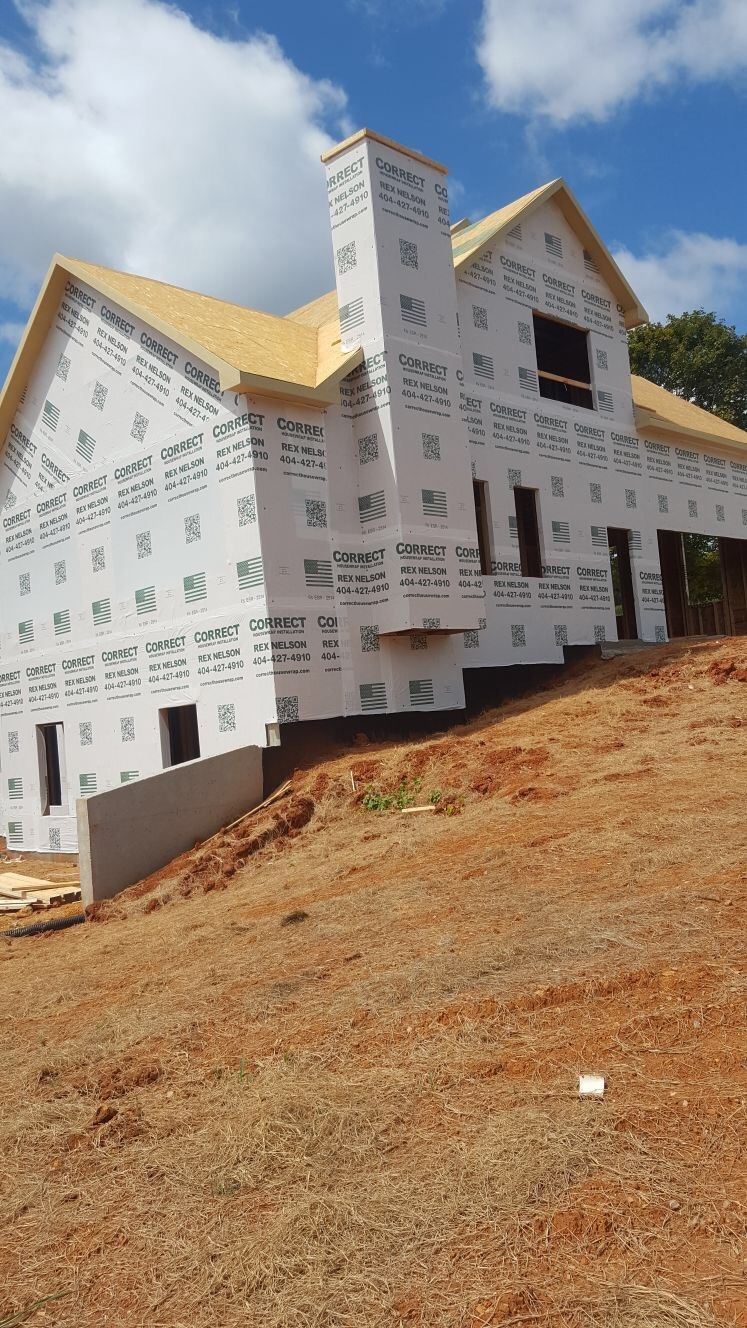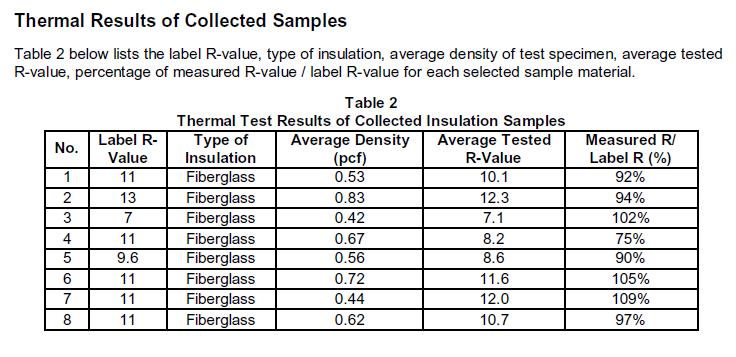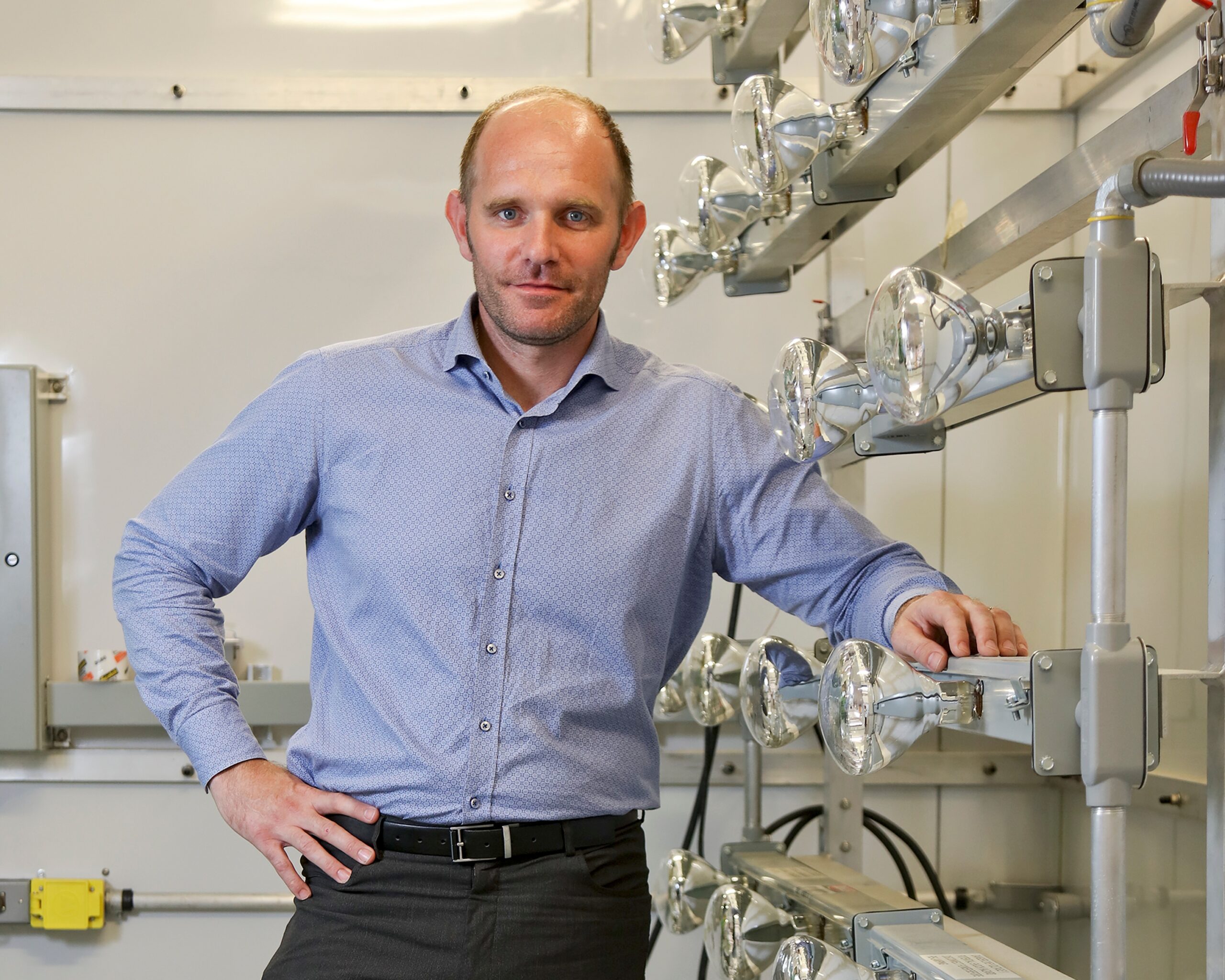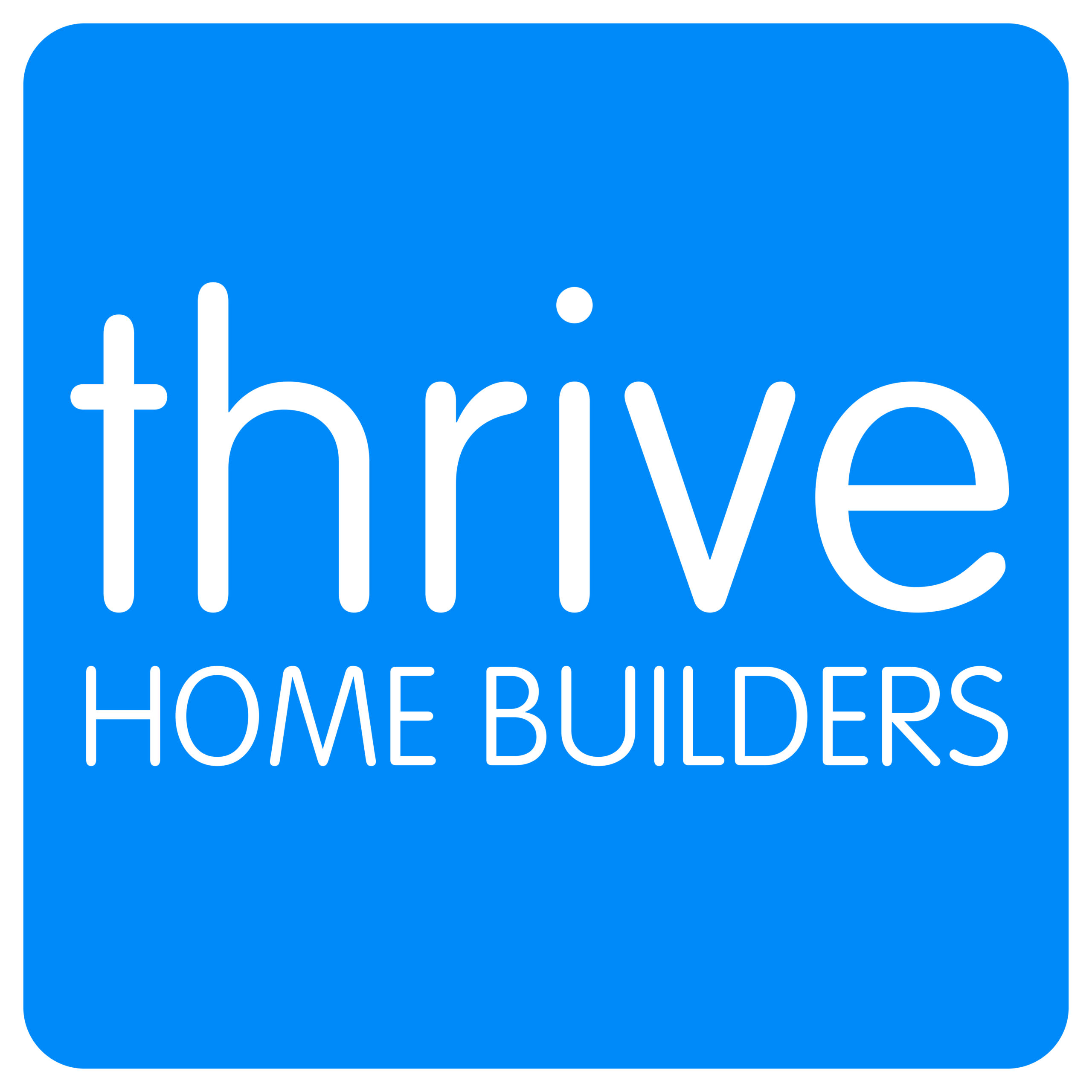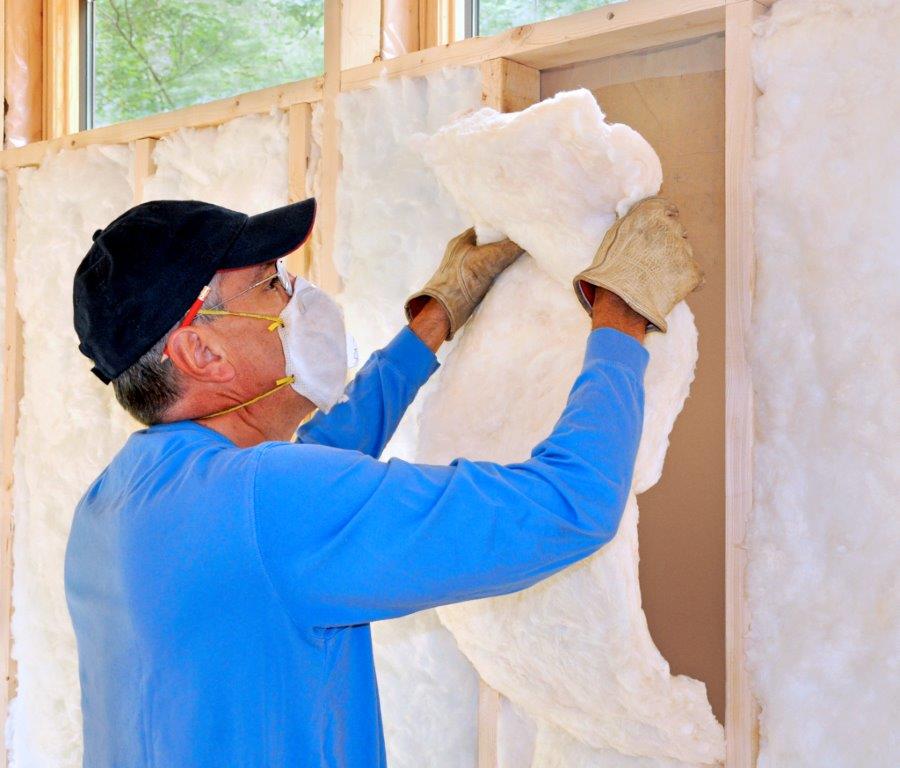The 2017 Atlantic Hurricane season has been the seventh most active in history. [1] In a year that’s seen widespread home damage and displacement of homeowners as the result of extreme weather events there’s some positive news to report. According to a Wall Street Journal article, homes built in Florida following the passage of more stringent building codes fared better during Hurricane Irma than those built previously. But with more frequent occurrences of hurricanes and damaging storms, should more stringent building codes be the sole defense in limiting property damage and homeowner displacement?
Details »Insulation Institute Blog
During last month’s Insulation Contractors Association of America Convention, Burgess Construction Consultants reported the results of a recent survey it conducted with more than 100 of the nation’s top production builders. The company sought to identify ways that builders, HERS raters and insulation contractors could work more collaboratively to achieve superior home energy performance.
Details »Contributed by Modernize
There’s all kinds of potential for smarthome devices, from better security to an easier way to turn off the lights. But one of the greatest benefits—at least, environmentally-speaking—is the ability to provide more insight into a home’s energy consumption. Stand-alone smartphone apps can offer suggestions for how to incorporate greener habits into a homeowner’s daily routine. And then there are the device-centric apps, which integrate with existing smart products in the home—such as the utility meter or thermostat—to give homeowners a better readout of their energy use and saving.
Details »When properly installed, housewrap can be the workhorse of a home’s exterior envelope, as a weather-resistive barrier that performs as the buildings shell, repelling water while also allowing water vapor to pass to the outside of the structure. But, like everything else in construction, it only works well if properly installed. Rex Nelson of Correct Housewrap Installation estimates that 90 percent of housewrap installations are bad, which he says is not only avoidable, but potentially very damaging to the home’s exterior. Nelson says that contractors should understand what the product is intended to do and be trained on properly installing it, which will help improve housewrap jobs and building durability in the long run.
Details »Contributed by Matthew Brown, Engineered Wood Specialist, APA — The Engineered Wood Association
The 2018 International Residential Code (IRC) and the International Energy Conservation Code (IECC) offer new provisions for HVAC duct design within ventilated attic spaces. These provisions increase the options for builders working to meet the requirements of the energy code using the performance or Energy Rating Index (ERI) method of compliance.
Details »Wall system design is increasingly challenging for builders and architects, as modern building practices have changed and codes have become much more stringent to meet energy efficiency requirements. Uncertainty about moisture risk associated with innovative envelope approaches can hinder adoption of new approaches and technologies.
Details »Ask any builder around the country about top challenges and you are pretty likely to hear three things:
- Cost and availability of attractive lots;
- Finding and cultivating skilled tradespeople; and
- Creating high brand awareness with prospective homebuyers.
Time is a precious commodity and no one wants to waste it. Managing the day-to-day obstacles that confront builders can make it difficult to keep abreast of the business-building ideas and developments in areas such as consumer trends, technological advancements and new construction practices. While the Internet may have made information more accessible, it can be difficult to synthesize the volume of it, especially given the pressing priorities that consume work hours. Podcasts, digital audio files that can be downloaded to a computer or mobile device, give busy builders and building industry professionals an opportunity to get free, quick learning on-the-go — at any time of the day in 30 – 45 minutes. Here are five practical, informative and business-building podcasts of note:
Details »Home builders are selling an emotional experience as much as a residence to buyers. A big part of that experience is the overall comfort of a home and insulation plays a major role in achieving comfort. But, poor quality installation can negatively impact the performance of the insulation. That’s why hiring the right insulation contractor is a must. Savvy builders know that product cost isn’t the only factor in the value equation, and while some contractors will check all the boxes and agree to meet all of the requirements for the job, there’s a level of detail involved in doing the best quality work. If the focus is on superior quality installation, builders should ask three questions of the insulation contractors who want to work for them.
Details »

